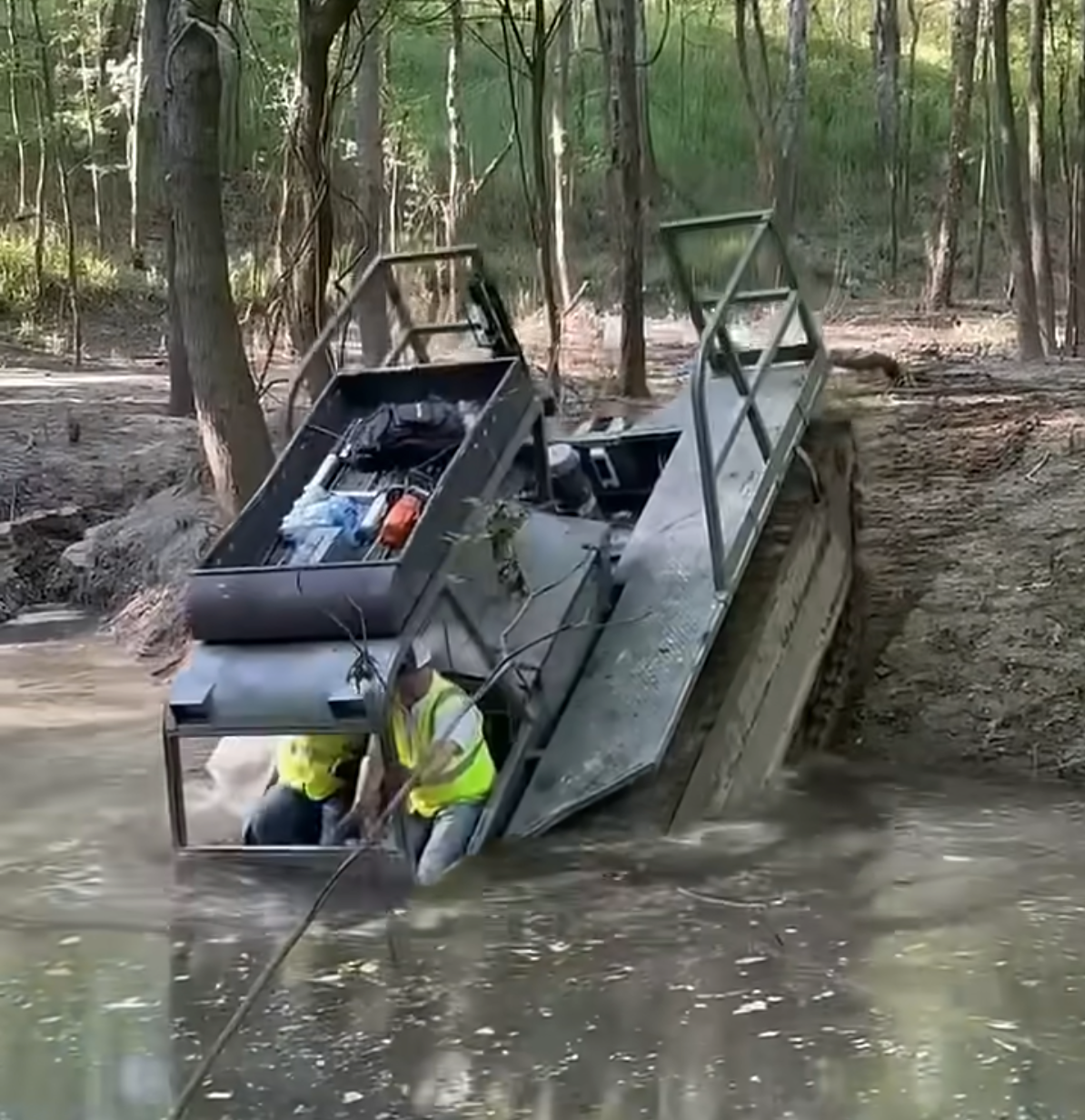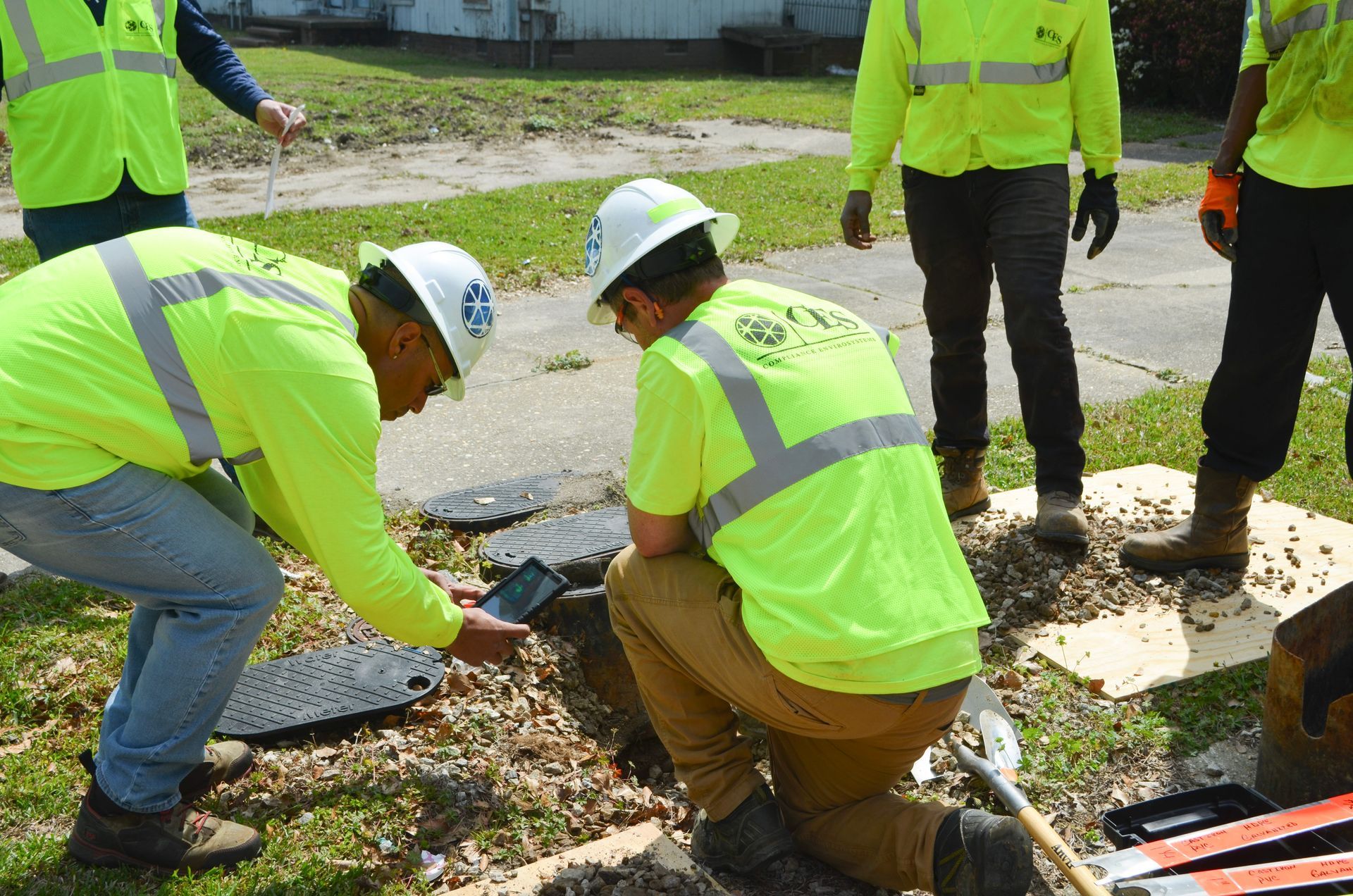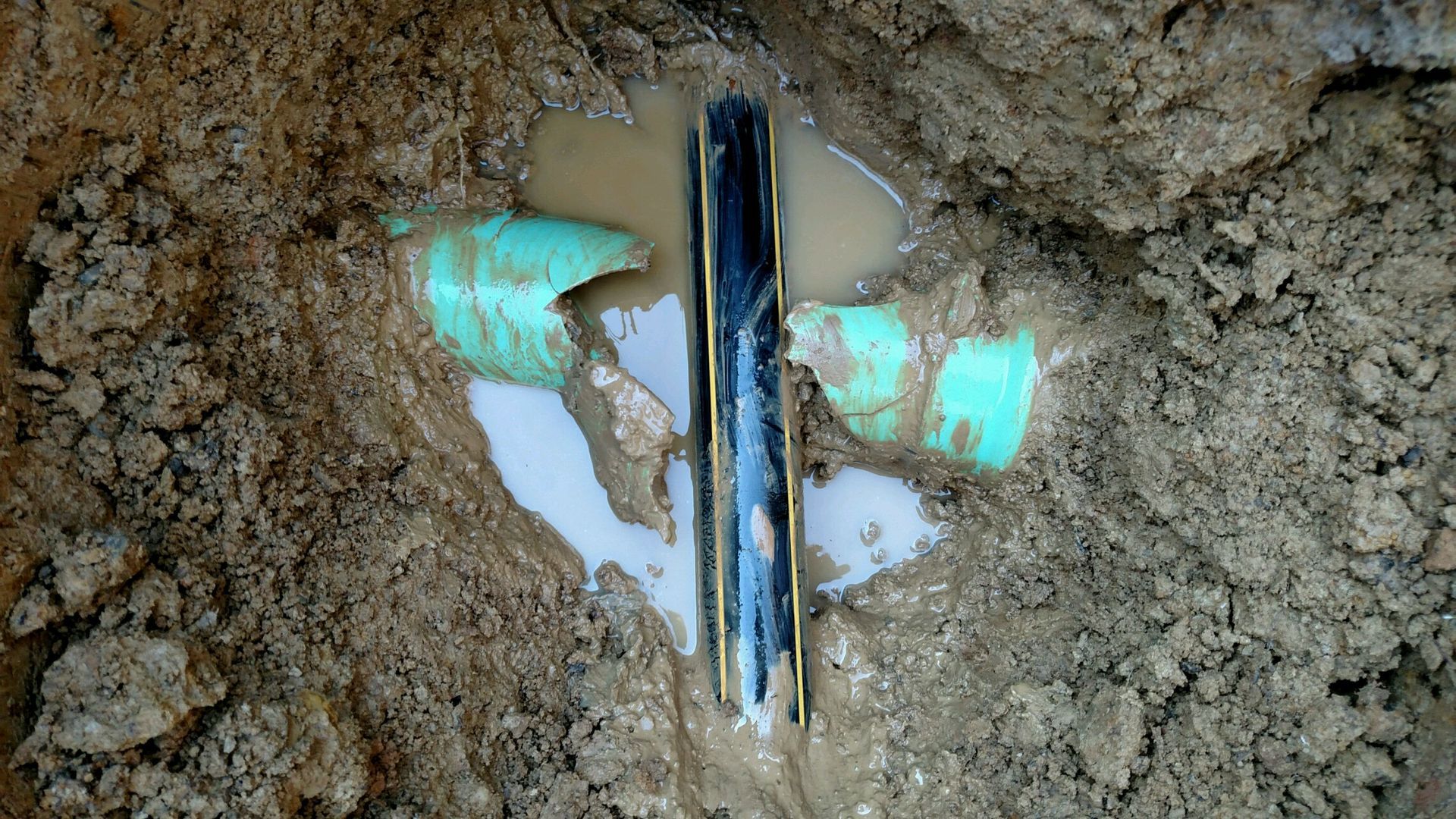Sonar and Multi-Sensor Inspections for Large-Diameter Pipes

Do you notice persistent odors, high-flow levels, or signs of structural wear in your sanitary sewer or stormwater system?
These issues often indicate the need for a more thorough inspection of your system, particularly concerning large-diameter pipes. Traditional inspection methods can leave large portions of pipes unexamined, especially in high-flow or large-diameter scenarios. At Compliance EnviroSystems (CES), we use a smarter inspection technique to ensure systems are operating at full capacity: Sonar and Multi-Sensor Inspections.
How Do Large-Diameter inspections with Sonar and Multi-Sensor technology work?
Sonar and Multi-Sensor Inspection (MSI) technologies inspect pipes that are 18” or larger in diameter, providing a 360-degree view of the pipe above or below the waterline. These inspections are designed to give you a clear picture of sediment buildup, capacity loss, and structural damage with data that allows you to virtually pan, tilt, and zoom.
Not only do data reports from CES provide a more comprehensive view of the pipe, but our Multi-Sensor units gather important data without bypass costs, and our Sonar technology measures debris levels with the utmost precision. Combined with cutting-edge LiDAR technology, CES is able to pinpoint corrosion, deformation, and ovality in large-diameter pipes.
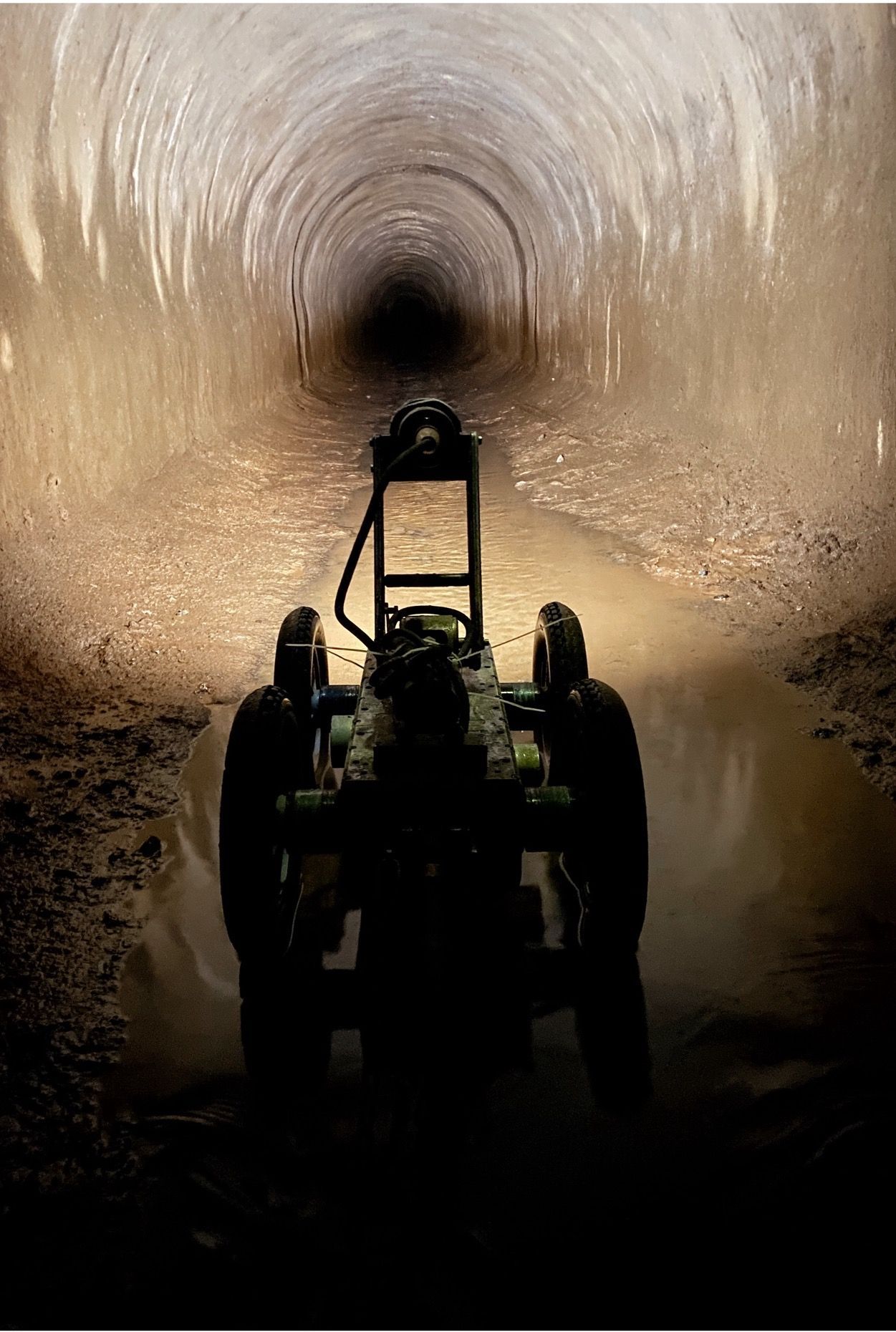
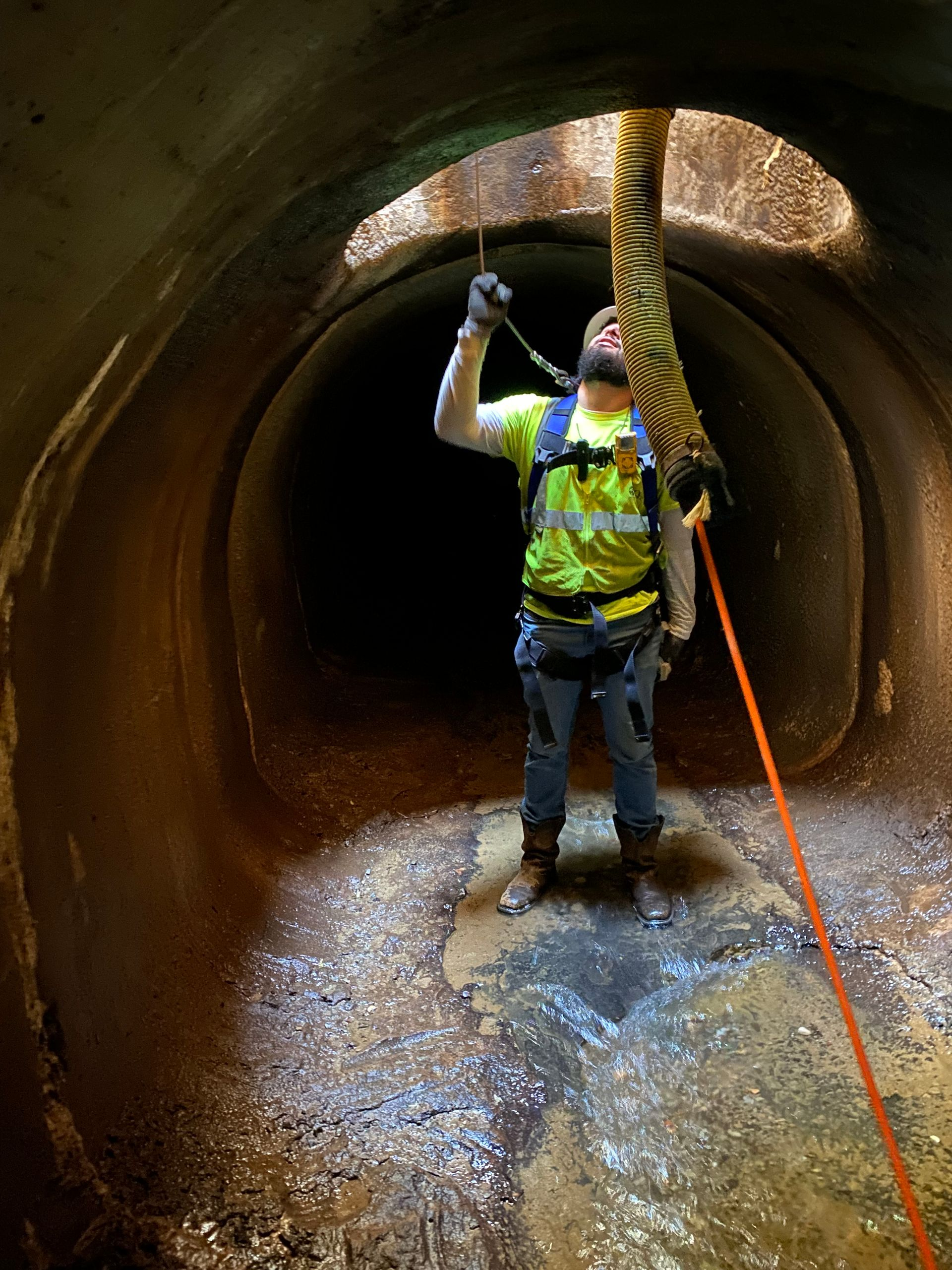
Large-Diameter Pipe Inspections Cut Costs
When combining these technologies, rehabilitation costs can be significantly reduced. Sonar imaging for submerged conditions, LiDAR for dry areas, and Closed Circuit Television (CCTV) for visual clarity mean that Multi-Sensor Inspections are the best way to collect precise data that allows you to prioritize cleaning and repairs that matter the most.
Our CES team recently completed a 17-mile trunk line inspection in which they evaluated pipes ranging from 42” to 96”. The system overcame high debris levels once our Sonar crews pinpointed the segments that needed the most attention, allowing us to save the client significant pipe cleaning costs and avoid unnecessary road building. With manholes stacked 30 feet above grade, we were also able to deploy a certified scaffolding crew to access these locations safely, which is a top CES priority.
we inspect Any Pipe, Anywhere
Worried about where the inspection needs to take place? Even if it’s in a hard-to-reach area, CES can handle it. Our motto, “Any Pipe, Anywhere,” reflects the way we work. With a fleet of off-road equipment that includes 4-wheelers, track machines, and Marsh Masters, our crews can access just about any location. From certified scaffolding setups to custom-built solutions, we make sure every inspection is completed safely and efficiently, no matter the challenge.
Whether we’re enlisted by industrial plants or city-wide systems, CES’s Sonar and Multi-Sensor Inspection services ensure that all pipes are evaluated, regardless of size or location. Contact us today to schedule a consultation and see how our innovative approach can save you time, money, and resources.






